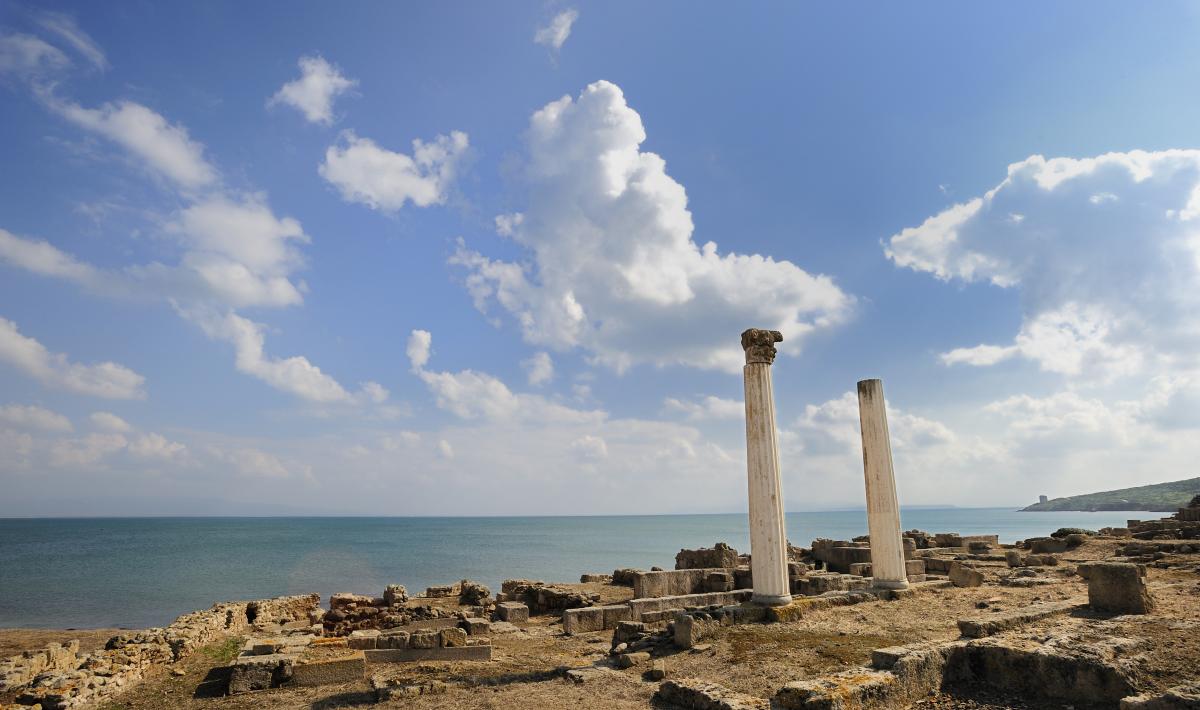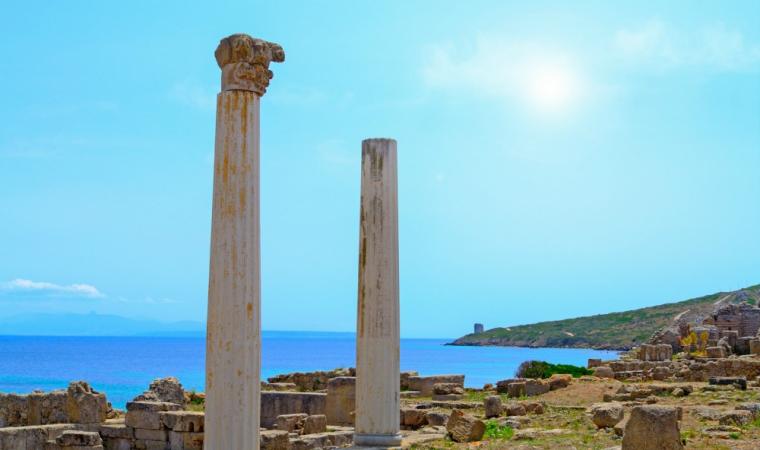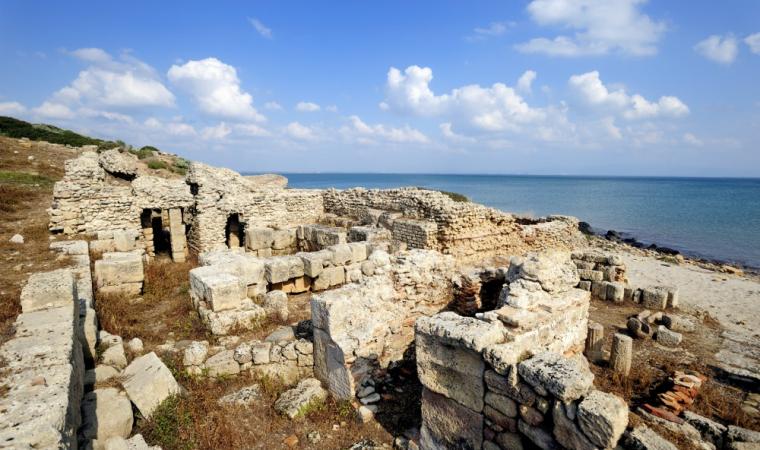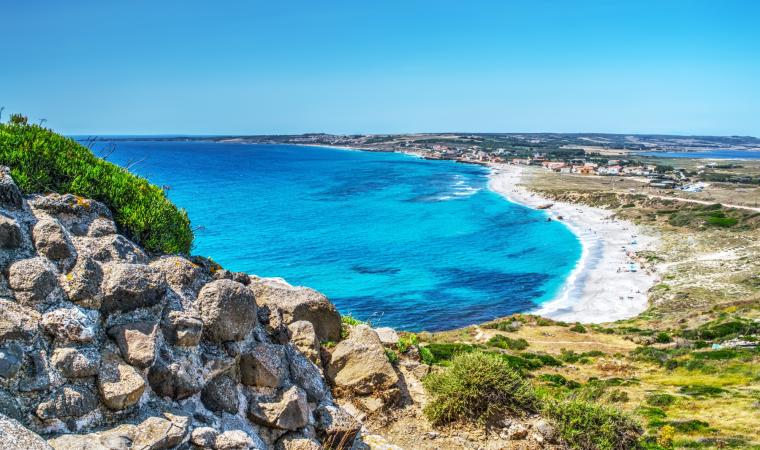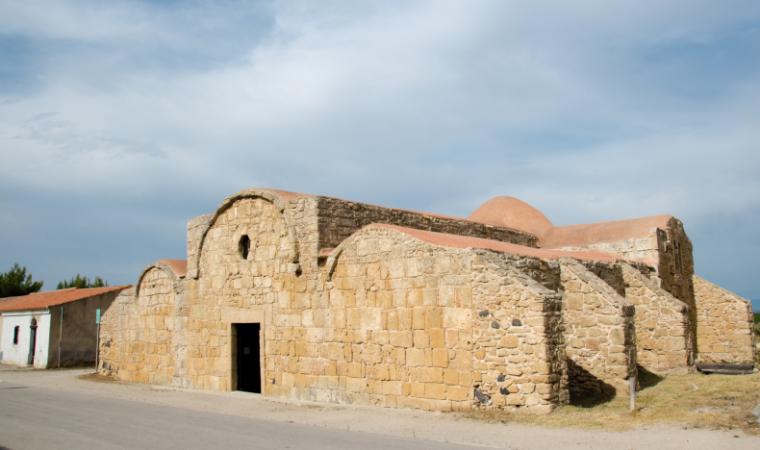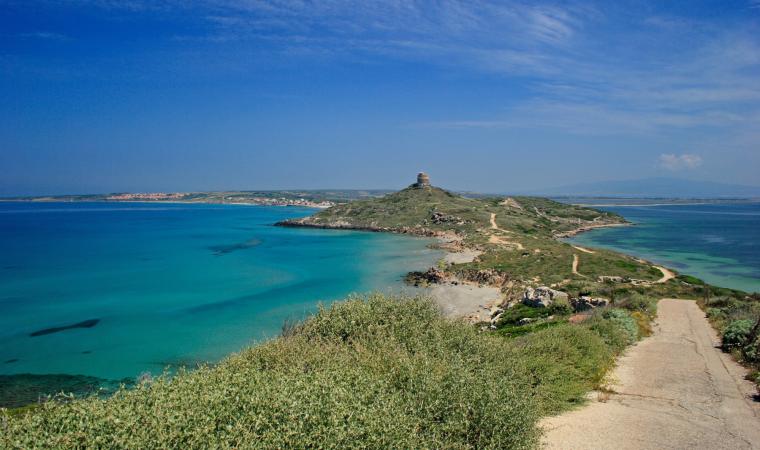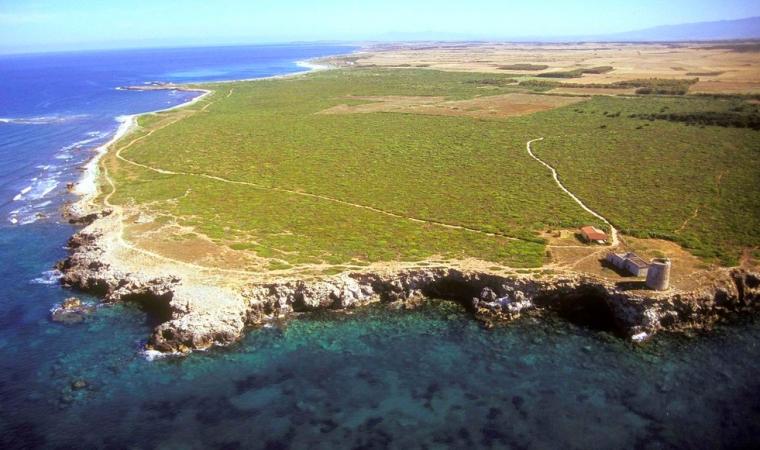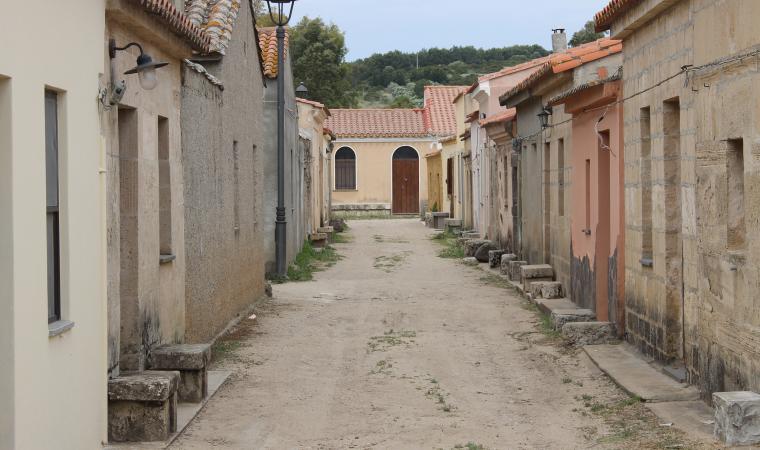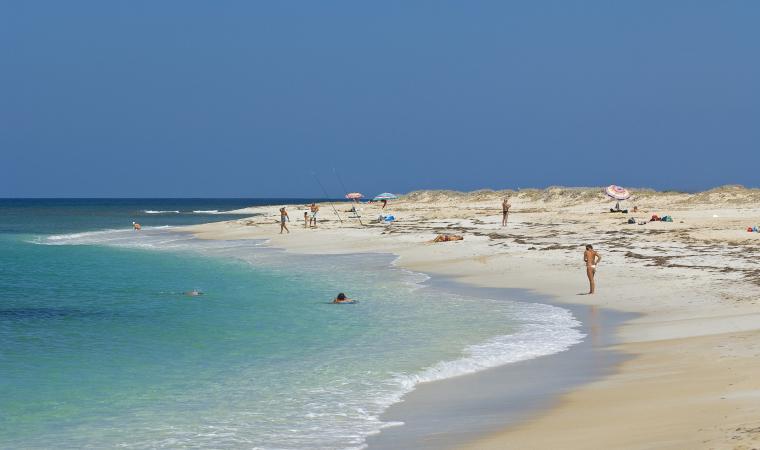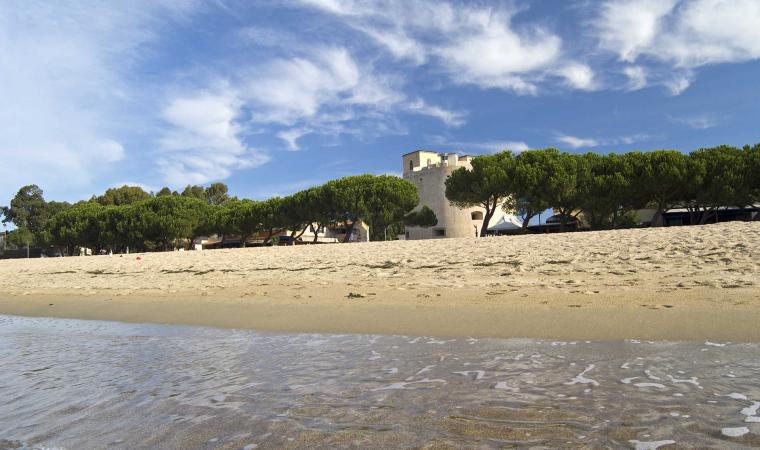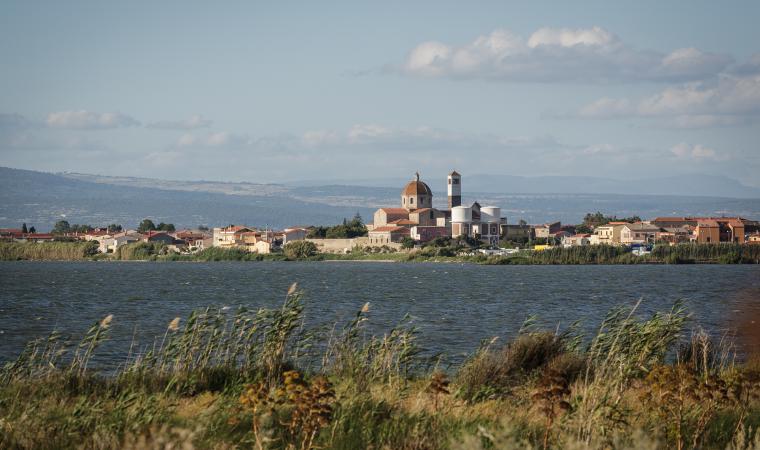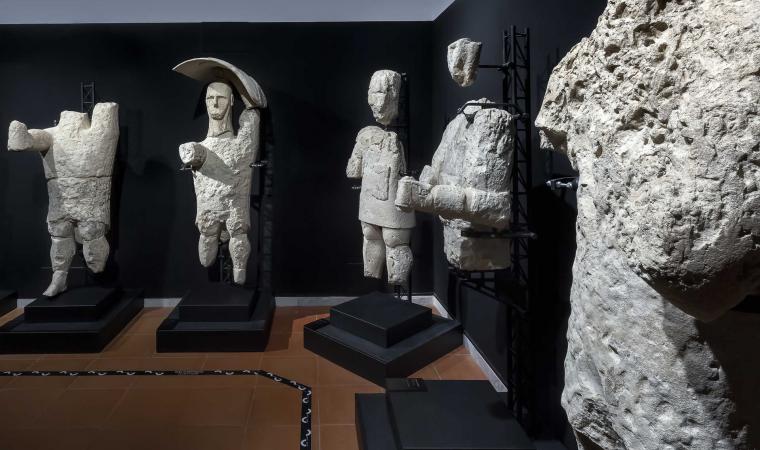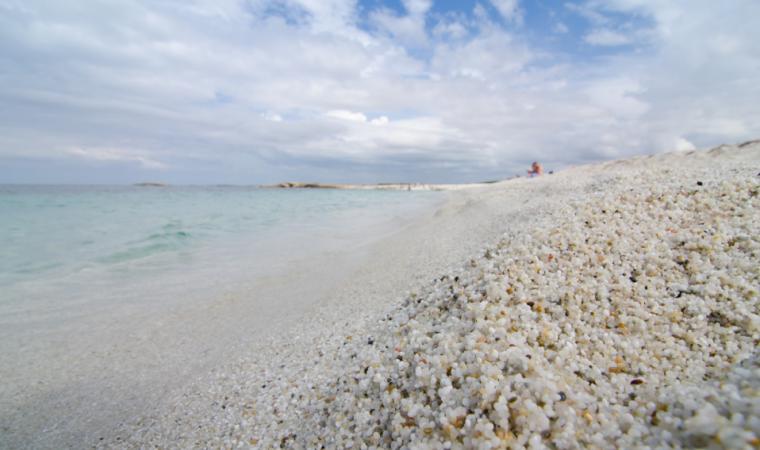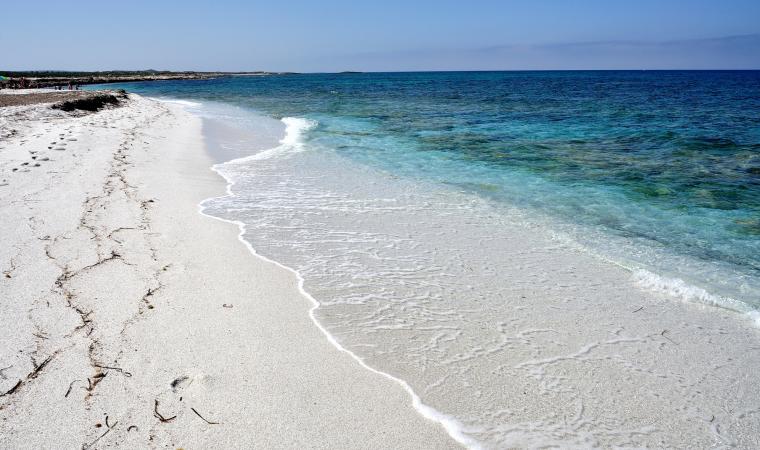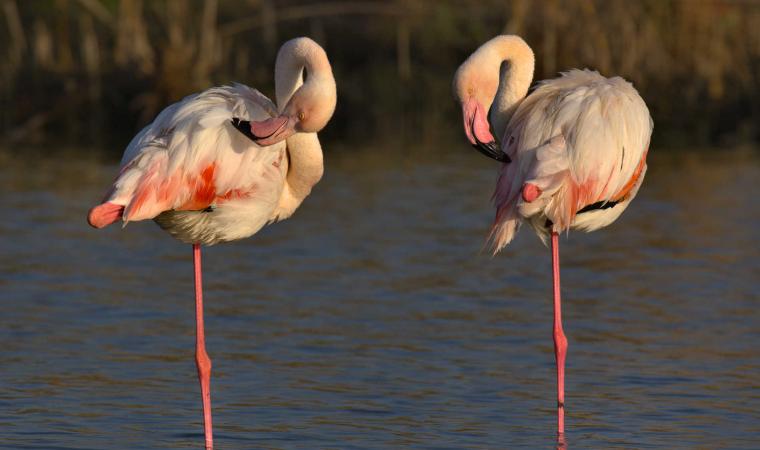A Nuragic settlement, a Phoenician centre of commerce, a Carthaginian fortress, a Roman urbs, a Byzantine administrative centre and capital of Arborea: in Tharros, you will find more than two thousand years of history. The ruins of the ancient city, founded in the 8th century BC and abandoned in the 11th century AD, are located on the southern extremity of the Sinis peninsula, in the territory of Cabras. The ‘outdoor museum’ is a natural amphitheatre overlooking the sea. On its borders, there is the isthmus of Capo San Marco as well as the hills of the village of San Giovanni di Sinis and su Murru Mannu (big face), on top of which you will find the oldest historical evidence: the remains of the Nuragic village, abandoned before the arrival of the Phoenicians. There are also the remains of two nuraghi on the promontory of San Marco and another is thought to be at the base of the Tower of San Giovanni, one of the three – in addition to the ‘Old Tower’ and Turr’e Seu – built to defend the Gulf from the Spanish Crown.
The Phoenician legacy includes two necropolises and the tophet, a cemeterial shrine where urns containing the cremated remains of newborn babies and animals sacrificed were placed. With the advent of Carthage, burial accompanied cremation, Phoenician pit tombs were reused and ‘chamber tombs’ were added, indicated by rods with images of the deities Baal Hammon and Tanit. Thousands of grave goods artefacts come from the burial areas: ceramics, jewellery, amulets, scarabs. Under Punic domination, the districts of Tharros, including the artisan district specialized in iron metallurgy of Montiferru, extended in ‘terrace’ style on the hill of San Giovanni, where the defensive walls of the fortified city began. Before the Roman conquest (238 BC) civilian and religious buildings were erected, including the temple ‘of the Doric semi-pedestals’, a ramp with steps, decorated in relief at the top with Doric semi-pedestals and pilasters. The temple was partly dismantled during the imperial age and a new sanctuary was built – one of many that the Romans dotted across the city. In Little Temple K, consisting of a portico and an altar with an Egyptian cyma cornice, the re-use of two blocks on which Semitic letters are engraved stands out. These are pertinent to a probable (pre-existing) ‘Punic temple of inscriptions’. The temple with a Semitic-type layout is fascinating and is delimited by rock walls on three of its four sides. In the middle, there was a fence with columns, the floor of which is decorated with a multi-coloured mosaic. The Temple of Demeter owes its name to an environment where two terracotta artefacts linked to the goddess were discovered. The Tetrastyle temple overlooking the sea will strike you: two columns (rebuilt) are still standing, along with the foundations. Numerous ‘pieces’ of the temples were reused, for example in the Church of Santa Giusta.
In Republican times, a renewal process was initiated and culminated in the imperial period. The urbs was transformed according to orthogonal designs: you can walk along ‘even’ streets, paved and with drainage channels, the expression of a complex sewer system. While walking on Cardus and Decumanus maximi, you can imagine the life and activities that took place two thousand years ago. In the heyday, three thermal constructions were built, close to the sea. In the Middle Ages, parts of the baths became Byzantine burial areas, while others were annexed to an Early Christian complex including a baptistery and a sanctuary, perhaps the ecclesia sancti Marci. From the Imperial Age you can also admire parts of the aqueduct, particularly castellum aquae, the distribution tank in the city centre, ‘waterproofed’ and divided into three naves by pillars. The Roman burial areas were larger than those of their predecessors, with ‘Capuchin-type’ tombs, burials in amphorae, mausoleums, crypts and other types of burials.
Before the episcopal see was transferred to Oristano (1071), which became the capital of Arborea, Tharros underwent a slow decline, linked to the Saracen invasions and consequent depopulation. From the 17th century, the grave goods of the necropolises were prey to treasure hunters. The official excavations carried out in the 19th century were just as deleterious. In the decades that followed, part of the ‘loot’ ended up at the British Museum in London, part at the Archaeogical Museums of Cabras and Cagliari and at the Antiquarium Arborense in Oristano. After the 19th century scientific excavations, investigations began again in the mid-20th century. They have never stopped, continually (and still) providing us with new discoveries.

